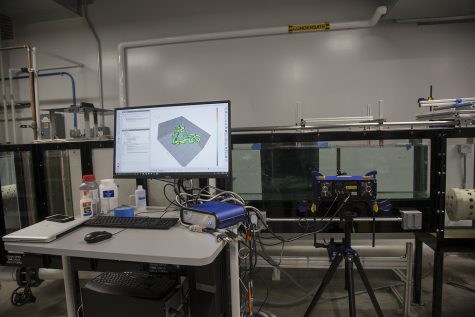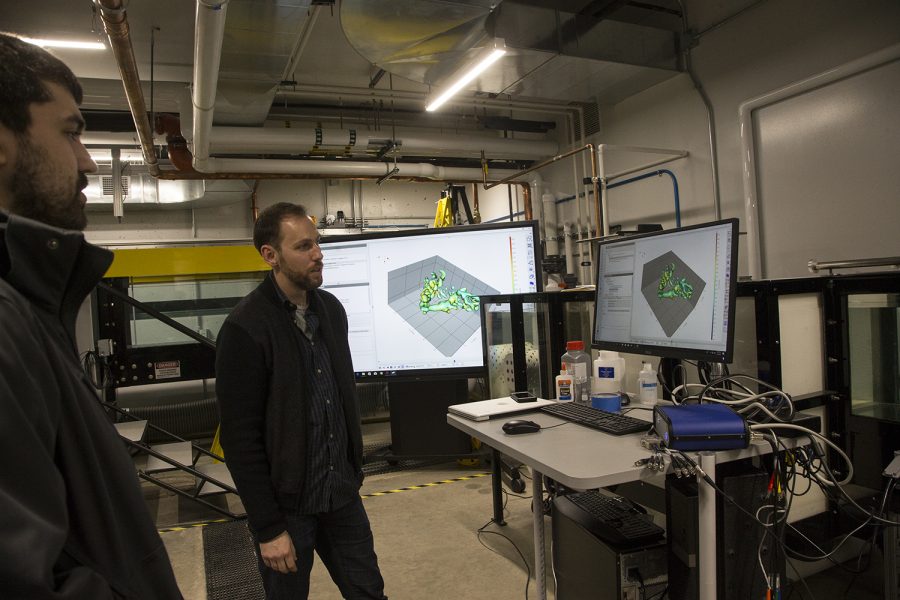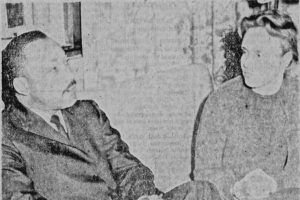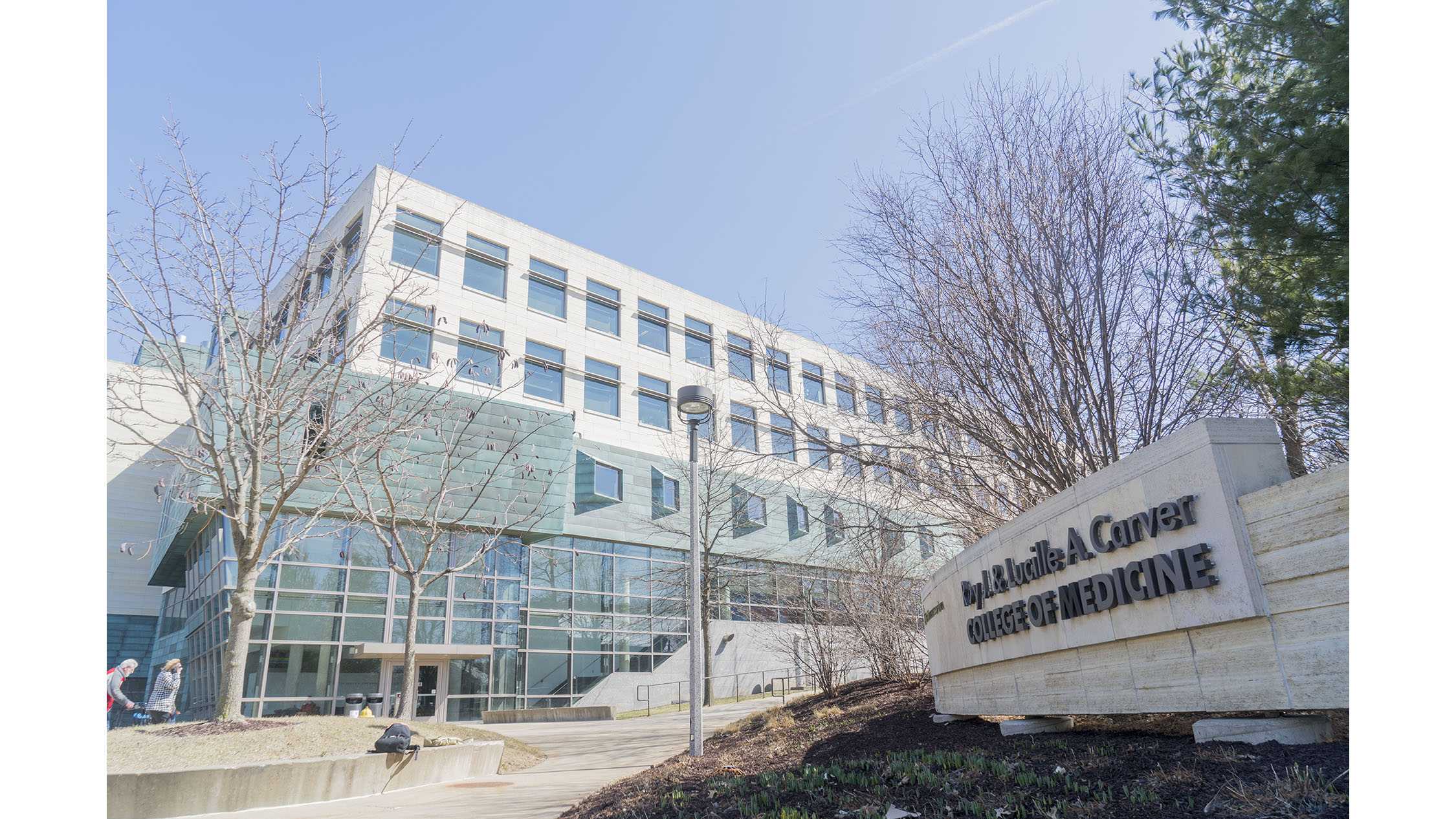Engineering Fluids Laboratory hosts open house to showcase equipment, experiments
The completed lab was opened for students and the community to learn more about its contributions to support and expand upon fluid mechanics education.
Kevin Wabick, a graduate student with the college of Engineering, presents the dye visualization on experimental models during the Engineering Fluids Laboratories Open House in the Seamans Center on Jan 18, 2019. During the open house students were able to participate in a variety of interactive stations and view demonstrations.
January 21, 2019
The average open house event probably doesn’t feature lessons in ship hydrodynamics or showcase a piece of scientific equipment called a “Mini Shaker,” but the Engineering Fluids Laboratories open house on Jan. 18 was anything but ordinary.
The event took place in the newly completed laboratory in the annex of the Seamans Center. Though the lab has been open to students since October 2017, the final pieces of equipment were recently put into place and the lab reached full operating capacity, Fluids Lab Director James Buchholz said.
The Fluid Laboratory’s completion was aided by a number of grants, including around $1 million from the Roy J. Carver Charitable Trust.
The laboratory comprises a trio of rooms. The Fluids Fundamentals lab includes recently built equipment and ones that have been around for decades. The Advanced Measurements lab includes some of the larger experimental devices, such as a wind tunnel and a towing tank.
The third laboratory, the Fluids Workshop, is a space in which students can perform their experiments.
“There are a lot of toys to play with around here,” Buchholz said.
RELATED: Engineering building expansion nears completion
In the Fluids Workshop, students can work with the sensors, instruments, computers, and equipment on whatever project they choose after going through safety training.
“[The equipment] is all available for whatever course projects [students] have, or for extracurricular activities, student [organization] work and so on,” Buchholz said.
During the open house, a series of five live experiments and presentations demonstrated the types of research conducted in the fluid lab. Among these was the pipe-flow visualization.

Kevin Wabick, a graduate student with the college of Engineering, presents the dye visualization on experimental models during the Engineering Fluids Laboratories Open House in the Seamans Center on Jan 18, 2019. During the open house students were able to participate in a variety of interactive stations and view demonstrations.
“There’s a tank of water, and they inject a small stream of dye, and it should start out as laminar flow that should be really smooth, then it will transition in the pipe and become turbulent,” lab manager Brian Snider said.
Another experiment included a device called a Mini Shaker. Buchholz said it used 3D imagery to measure fluid flow trajectories by putting particles into a water flow around a shape and measuring how the particles move around the object.
“Basically, we want to visualize what’s going on around these bodies … you can see how various structures form and develop,” graduate research assistant Kevin Wabick said.
Snider said the selected experiments were chosen long before the open house.
RELATED: UI researchers use drone cameras to map harmful algae in Iowa
“There was a lot of work, several weeks ago, planning out what equipment we wanted to showcase and what new lab features we wanted to display,” he said. “Then, we planned to test each experiment, see if they were ready, [and] work out any bugs.”
Other presentations including showcasing dye visualizations on experimental wing models, a discussion of computational fluid dynamics, and a demonstration of the towing tank, which tests ship hydrodynamics.
In addition to the demonstrations, members of the Iowa Marine Autonomous Racing Club, a student-run organization working in the lab, presented information about the club. The club uses the lab, particularly the towing tank, to create robotic autonomous boats for competitions in Florida.
Four courses with a total of around 170 students currently hold classes in the lab.






